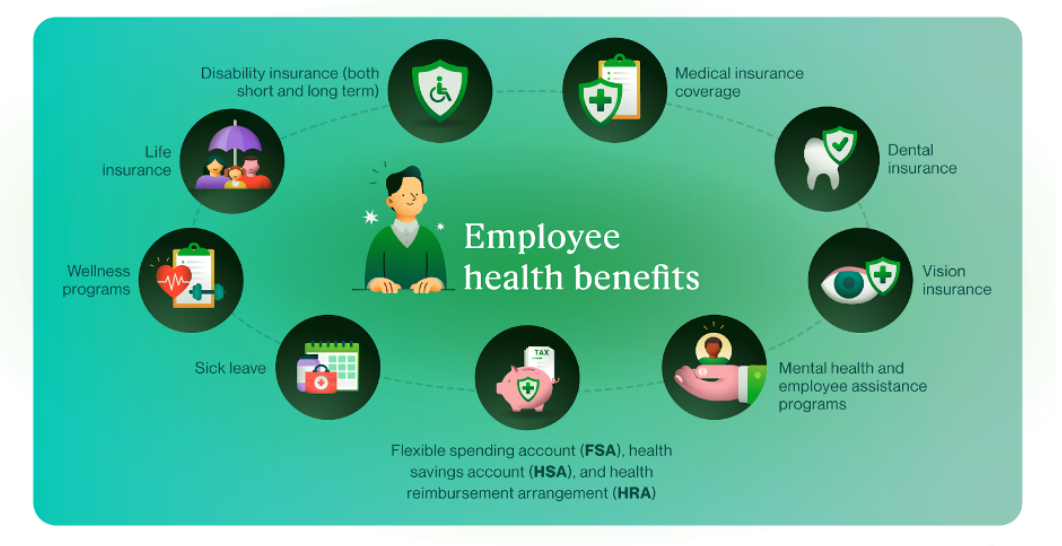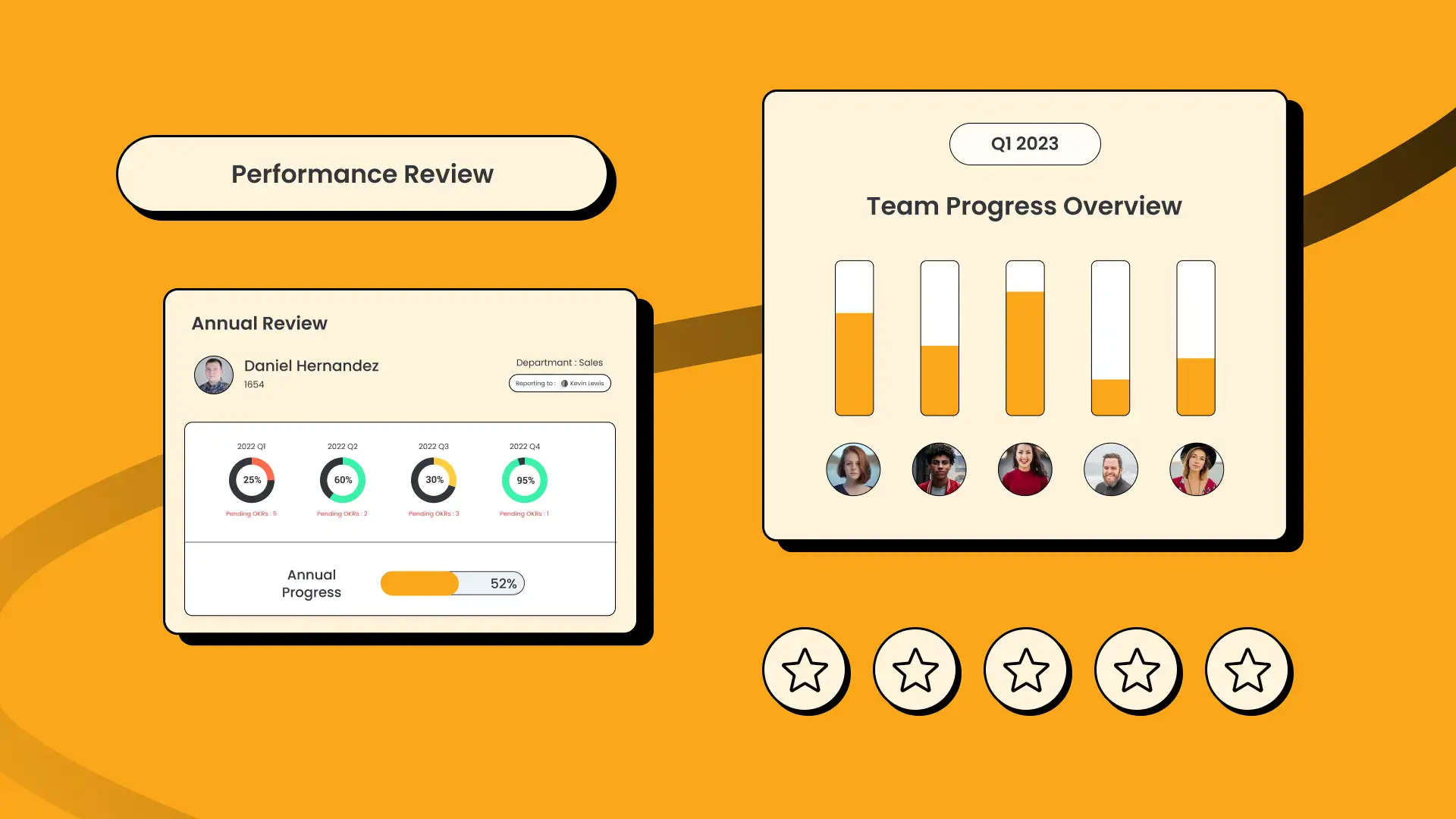
Why Employee Health Insurance Matters
A comprehensive health insurance plan offers employees financial security and access to quality healthcare, boosting job satisfaction and productivity. For employers, offering competitive health benefits can improve retention rates, reduce absenteeism, and qualify for tax incentives.
Key Benefits for Employers and Employees:
✔ Improved Employee Well-being – Ensures access to medical care.
✔ Higher Job Satisfaction – Increases loyalty and reduces turnover.
✔ Tax Advantages – Employers can deduct premiums as business expenses.
✔ Increased Productivity – Healthier employees lead to fewer sick days.
Types of Employee Health Insurance Plans in 2025
Understanding different health insurance plans helps businesses select the best option for their workforce. Here are the main types:
1. Health Maintenance Organization (HMO) Plans
- Requires employees to use a network of doctors and hospitals.
- Lower premiums and out-of-pocket costs.
- Requires referrals for specialists.
2. Preferred Provider Organization (PPO) Plans
- Employees can see any healthcare provider but pay less in-network.
- Higher premiums but greater flexibility.
- No referrals needed for specialists.
3. High Deductible Health Plans (HDHPs) with HSAs
- Lower monthly premiums with higher deductibles.
- Employees can save tax-free in a Health Savings Account (HSA).
- Ideal for younger, healthier employees.
4. Exclusive Provider Organization (EPO) Plans
- Similar to HMOs but without referrals for specialists.
- No out-of-network coverage.
- Lower costs with moderate flexibility.
5. Point of Service (POS) Plans
- Hybrid of HMO and PPO plans.
- Employees need a primary care doctor but can see out-of-network specialists.
- Requires referrals but offers some flexibility.
Key Coverages Included in 2025 Employee Health Insurance
Most employee health plans in 2025 cover essential benefits mandated by the Affordable Care Act (ACA). These include:
✅ Preventive Care – Vaccinations, screenings, and wellness checkups.
✅ Hospitalization – Coverage for inpatient care, surgeries, and emergencies.
✅ Prescription Drugs – Access to generic and brand-name medications.
✅ Mental Health Services – Therapy, counseling, and substance abuse treatment.
✅ Maternity and Newborn Care – Prenatal visits, labor, and postnatal care.
✅ Specialist Visits – Cardiology, dermatology, orthopedics, etc.
Employee Health Insurance Costs: What to Expect in 2025
One of the most significant factors when choosing health insurance plans is cost. Below is an estimated breakdown of average health insurance costs for employers and employees in 2025:
Average Health Insurance Costs in 2025
| Plan Type | Employer Contribution (Annual) | Employee Contribution (Annual) |
|---|---|---|
| HMO Plan | $8,500 | $1,800 |
| PPO Plan | $10,200 | $2,400 |
| HDHP w/ HSA | $7,800 | $1,500 |
| EPO Plan | $9,000 | $2,000 |
| POS Plan | $9,500 | $2,200 |
Note: Costs may vary depending on provider, location, and coverage options.
How to Choose the Best Employee Health Insurance Plan
1. Evaluate Employee Needs
Consider the age, health conditions, and family size of employees. A workforce with younger employees may benefit from HDHPs, while older workers may prefer PPOs with broader coverage.
2. Compare Plan Costs & Benefits
Balancing premiums, deductibles, and co-pays is essential. Companies should analyze cost-sharing options to optimize affordability.
3. Check Provider Networks
Ensure the plan includes a wide network of hospitals and doctors in locations accessible to employees.
4. Consider Additional Benefits
Beyond basic medical coverage, employers can offer:
- Dental and Vision Insurance
- Wellness Programs
- Telemedicine Services
- Mental Health Support
Employee Health Insurance Trends in 2025
The healthcare industry is rapidly changing, and staying updated with employee health insurance trends is vital. Key trends include:
✔ Expansion of Virtual Healthcare – More insurance plans are offering telemedicine as a standard benefit.
✔ AI-Powered Health Management – Employers are integrating AI tools for preventive care and wellness tracking.
✔ Flexible Benefits Packages – Customizable plans allow employees to choose coverage based on their needs.
✔ Increased Mental Health Support – Insurance providers are expanding mental health services to address workplace stress.
Final Thoughts: Investing in Employee Health Insurance
Providing comprehensive employee health insurance in 2025 is a strategic investment for businesses. It not only safeguards employees’ health but also boosts productivity, enhances job satisfaction, and improves talent retention. By understanding different plan options, coverages, and costs, employers can make informed decisions that benefit both the company and its workforce.
Need to choose the best employee health insurance for your team? Start comparing plans today and secure a healthier future for your workforce!


